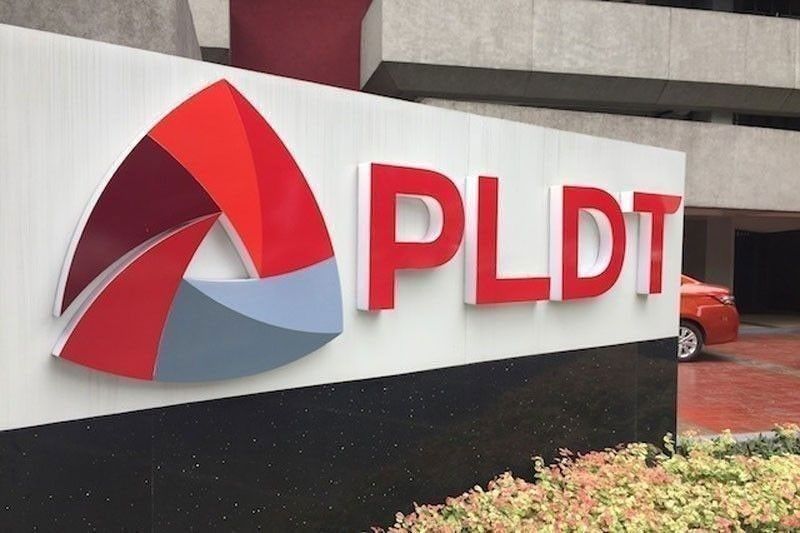PLDT, Smart speed up rollout of 5G, fiber network

MANILA, Philippines — Telco giant PLDT and its wireless subsidiary Smart Communications will speed up the rollout of 5G and fiber services next year with the addition of two more cable landing stations.
In a statement, PLDT chairman and CEO Manuel V. Pangilinan said as an integrated network, PLDT and Smart have the ability to invest in international connectivity, particularly in the form of submarine cables, and connect to the rest of the world.
“We are investing in more,” Pangilinan said, adding that PLDT and Smart are part of a network of 16 international cable systems.
“We already have three cable landing stations and at least two more coming up next year. I think that’s something a single fixed broadband operator cannot do,” Pangilinan said.
“In particular, when they have to grow outside of the big main post, it becomes very costly to lay all the fiber in the country. We can do that because we are using fiber not only for fiber-to-the-home but also for mobile and for enterprise customers,” he said.
PLDT earlier joined an international consortium to build the Asia Direct Cable (ADC), a high performance submarine cable connecting the Philippines to other Asian countries, allowing it to support bandwidth-intensive applications such as 5G, cloud services, internet-of-things and artificial intelligence.
As an integrated telco service, PLDT and Smart are also able to offer more products to the market.
“PLDT and Smart offers include mobile internet, as well as your fixed wireless and fiber-to-the-home (FTTH),” PLDT chief revenue officer and Smart president and CEO Alfredo Panlilio said.
PLDT’s digital transport network stood at 395,000 kilometers as of end-September 2020. This vast network supports all the internet delivery platforms such as fiber fixed broadband, mobile data services, via 4G and increasingly 5G, and carrier-grade WiFi.
With its ongoing expansion work, PLDT’s fiber footprint is seen to extend by another 81,000 km, with 31,000 km completed by the end of this year and 50,000 km in 2021.
In addition, the company’s backbone network capacity as of end-September stood at 55 terabits per second. With ongoing works, PLDT is looking to increase this capacity further by another 37 terabits per second to serve customers’ continuously growing demand for data and deliver technologies like 5G, LTE and FTTH.
“One of the benefits of an integrated operator is that we can leverage the entire network. For example, our fiber network can be leveraged multiple times for fiber-to-the-home where the cost is very skewed toward the last mile. Meanwhile, we leverage on the very same network for enterprise businesses,” Pangilinan said.
PLDT said its extensive fiber infrastructure also supports Smart’s network by providing high-capacity links for base stations, the electronic equipment installed on cell sites that transmit and receive radio frequencies. These stations connect customers’ mobile devices, such as phones and WiFi routers to the network. From the base station all the way to the data centers, the connection is mostly fiber.
It added that faster transmission of data is best enabled by fiberizing the base stations.
Moreover, Pangilinan pointed out the need for a high synergy between various networks as 5G would not work without fiber.
“In the last couple of years, we have deployed the strategy called ‘follow the fiber.’ Wherever there is fiber, we can connect any business, fiber-to-the-home, fiber-to-the-enterprise, and fiber-to-the-base-station,” Pangilinan said.
At present, PLDT and Smart have passed a customer base of 8.3 million homes and aim to deliver improved services, and ensure a future-proof, reliable, and resilient network by focusing on expanding and upgrading their entire network ecosystem which consists of 9,892 cell sites, 56,799 base stations, 3.81 million ports for outside plant facilities and 25 core data centers.
Over the past five years, the company’s capital expenditures reached P260 billion, bulk of which was used for its network buildup.
- Latest
- Trending






























